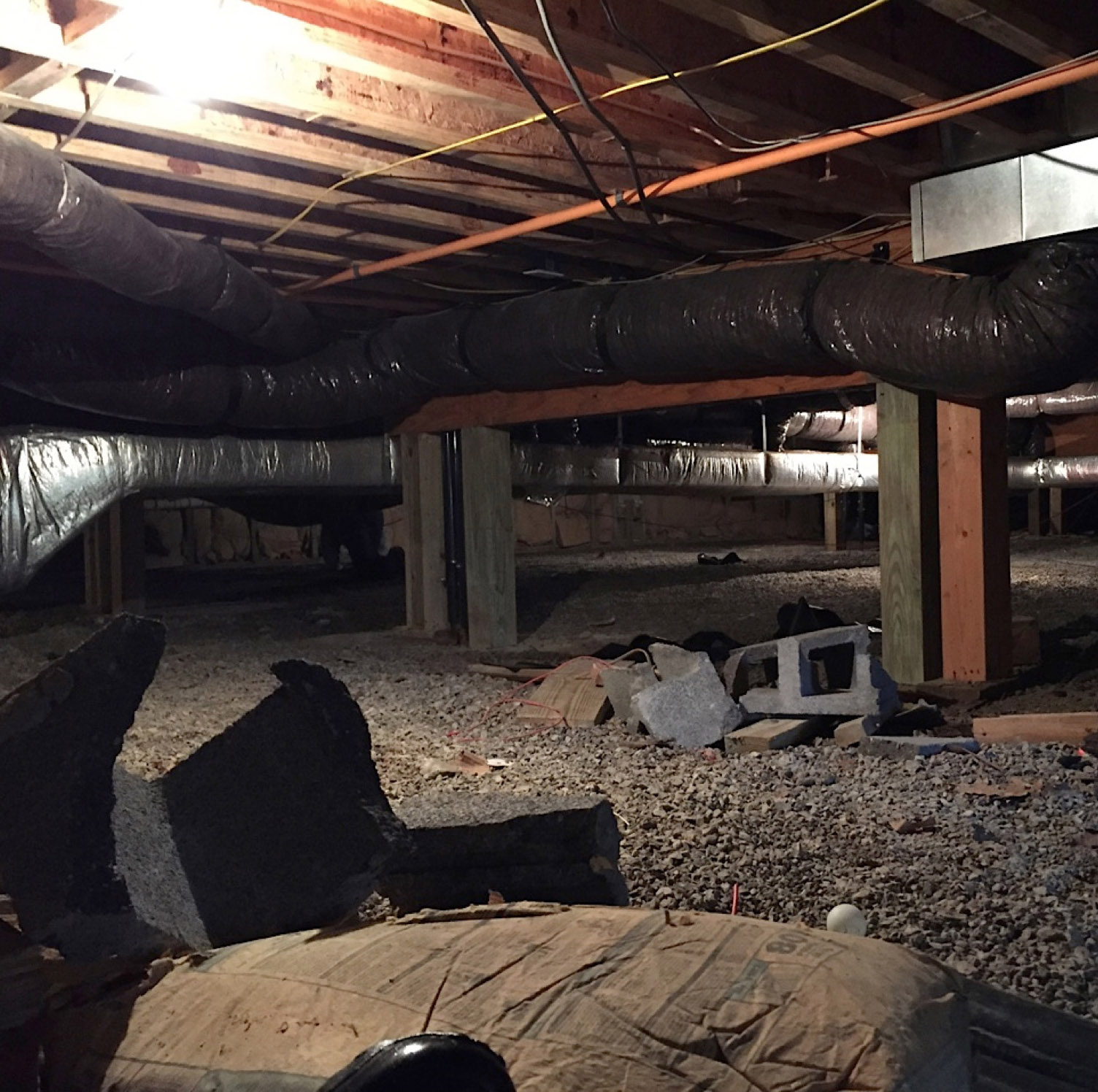Water Defense Systems After a Deluge: Next Steps to Take

Living through a flood can be catastrophic, leaving not only physical damage but also psychological stress. Once the waters recede, many property owners and landlords are left wondering what to do next. One of the most crucial steps in the recovery process is waterproofing. Taking this action not only protects your home from future water intrusion but also protects your investment and guarantees the safety of your family.
Waterproofing is necessary for every home and building, as it acts as a barrier against moisture that can cause fungus, mildew, and structural damage. Understanding the multiple aspects of waterproofing can help you avoid thousands in repairs down the line. Whether you are contending with a basement that needs protection or a roof that requires attention, understanding how to properly waterproof your property is crucial to avoiding future issues. In this manual, we will discuss the importance of waterproofing, the signs that show your property needs it, and the most effective methods for keeping your space dry and secure.
The Importance of Waterproofing
Sealing against water is a key aspect of protecting the quality of homes and buildings. It serves as a defensive barrier against water leaks, which can result in severe damage over time. Without adequate waterproofing measures, properties are at risk of suffering from infiltration, mold problems, and foundation problems. These issues can jeopardize a property's safety and greatly reduce its market value. Therefore, focusing on waterproofing should be a primary focus for property owners and builders alike.
Additionally, the potential financial savings that waterproofing brings is important. Fixing water issues can be extraordinarily high-priced, often running into thousands of dollars. By using robust waterproofing solutions from the outset, property owners can avoid expensive repairs and renovations down the track. This proactive approach not only safeguards the property but also assists in budgeting and long-term economic planning.
Moreover, waterproofing improves the overall well-being and health of the living environment. Water-related issues often result in unpleasant odors and can create conditions that promote mold and mildew growth, which pose health concerns. A well-waterproofed home ensures improved indoor atmosphere and enhances utility efficiency by preventing unwanted moisture from affecting insulation and heating systems. In conclusion, waterproofing is not just about preserving your asset; it directly influences the quality of life for the inhabitants.
Frequent Water-proofing Methods

A common commonly utilized waterproofing methods is the deployment of wet waterproofing membranes. Such membranes are typically made from bitumen or polyurethane and can be applied to multiple surfaces including roofs, walls, and foundations. Following application, they produce a continuous barrier that successfully prevents water infiltration. Liquid membranes can be used for both new constructions and in the case of renovating older structures, making them a versatile choice for waterproofing.
An additional popular approach is the use of sheet membranes. Such pre-manufactured sheets are commonly made from materials like rubberized asphalt or polyethylene. They are installed over surfaces in a method that overlaps joints, providing consistent protection against water penetration. hop over to this website are particularly effective for waterproofing underground applications, such as basement walls, and are valued for their durability and ease of installation. This method is vital in protecting structures from groundwater and hydrostatic pressure.
For areas that are susceptible to moisture, such as bathrooms and kitchens, waterproof coatings and paints serve as an effective solution. Such coatings are designed to create a waterproof barrier on surfaces, preventing moisture from seeping through. They can be applied to walls, floors, and even ceilings in wet areas. Furthermore, specialized waterproofing products are now available that are designed to resist mold and mildew, making them ideal for conditions where water exposure is regular.
Selecting the Appropriate Waterproofing Options
Choosing the right waterproofing solution for your building is vital to guarantee effective defense against water damage. The initial step is to assess your specific requirements, considering factors like the site of the building, the amount of moisture exposure, and prior water damage incidents. For instance, basements may need a alternative approach in contrast to rooftops or bathrooms. Comprehending these variables will guide you towards the most effective waterproofing techniques and solutions.
Consider the various types of waterproofing accessible, such as interior and exterior options. Interior waterproofing is often less complicated and less expensive, concentrating on sealing leaks and hindering moisture infiltration within the home. However, exterior waterproofing may be essential for long-term protection, particularly in areas prone to flooding. It's essential to evaluate the pros of each solution and choose one that corresponds with your property’s specific challenges.
In conclusion, when in doubt, discussing with professionals can be a helpful step. Professional contractors can evaluate your circumstance, offer customized recommendations, and confirm the decided waterproofing option is applied properly. Their knowledge can assist you prevent common mistakes and ensure that your spending in waterproofing produces lasting protection and peace of mind.
